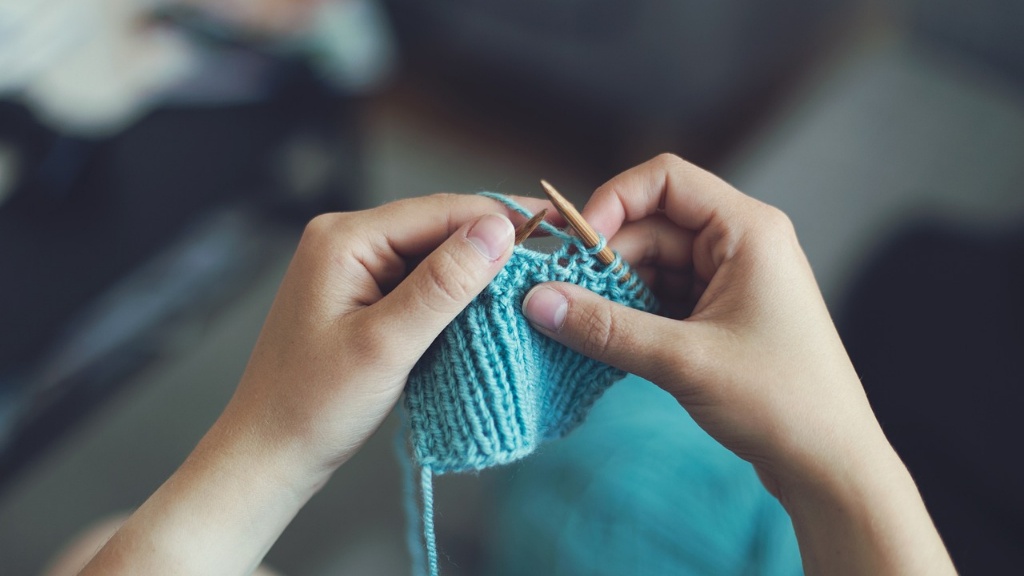A sewing machine is an essential tool for dressmakers and upholsterers alike. It is a sophisticated machine that is used to construct garments, quilts and other textile items. The modern-day sewing machine is the result of many advances in technology, mechanics and design over the last two centuries.
The sewing machine has a long history that can be traced back to French tailor, Barthelemy Thimonnier, who invented a rudimentary machine back in 1830. By the mid-19th century, Elias Howe, an American inventor, had created the first commercially successful model. His invention propelled a surge in sewing machine innovation, with Isaac Singer creating a machine that featured a treadle, as well as Elias Howes improvements of the machine’s locks, wheels and shuttles.
The modern-day sewing machine comes in several forms, such as the overlocker, the overarm, the sewing-embroiderer, the straight stitcher and the coverstitch. Each type has a specific purpose and is designed to sew a wide variety of fabrics, from leather to velvet. The most recognizable feature of a sewing machine is its needle, which penetrates the fabric and stitches together two or more pieces. The needle is connected to a loop of thread, and operated by either a hand crank or foot pedal.
Today’s sewing machines are enhanced with digital features, such as automatic needle threaders and thread cutters, as well as modes that allow for decorative stitching, embroidery and a range of other sewing options. In addition, they can be paired with a range of accessories, such as presser feet and bobbins, which aid in the construction of garments and fabric items.
Technical Specifications
Many of today’s sewing machines offer technical specifications, such as stitch width, stitch length, and sewing speed. The width of the stitch controls how far the needle penetrates the fabric, while the length controls the size of the stitch. Sewing speed controls how quickly the machine operates, with a faster speed allowing for greater productivity.
The strength of a stitch also depends on the fabric being sewn, as well as the type of thread being used. If the thread is too fine, or the fabric too weighty, the seam may not hold. It is important, therefore, to consider the type of fabric and thread before selecting a sewing machine.
Maintenance
Much like other machinery, sewing machines need to be properly maintained in order to ensure maximum performance. Periodic oiling and cleaning of the various parts, such as the needle and bobbin, is essential for efficient, accurate results. The tension of the thread should also be adjusted, both periodically and when switching fabrics, in order to maintain proper control over each stitch.
Buying a Sewing Machine
When buying a sewing machine it is important to consider features such as stitch length and width, range of stitches, number of feet and bobbins included, as well as overall portability. Some sewing machines are heavier and more bulky than others, and require a dedicated space in which to operate.
The most important factor, however, is the user’s experience level. Many machines are specifically designed for novice sewers, while others are suitable for more experienced users. It is important to buy a machine that meets your sewing requirements.
Instructions
In order to properly use a sewing machine, it is important to understand how to feed the fabric through the machine and the various settings used to control stitch length and width. It is best to follow the instructions outlined in the sewing machine’s manual, as well as any additional instructions provided by the manufacturer.
Before attempting to use a sewing machine, it is also important to practice operating it, as well as practicing basic stitches. This will help familiarise the user with the various parts, settings and functions of the machine, and will help to avoid any accidents or errors.
Sewing for the Environment
Sewing machines can be used to repurpose materials or recycle fabric scraps into clothing, accessories or homeware items. This in turn helps to reduce consumption and landfill waste, thus benefiting the environment.
Moreover, sewing with recycled materials is a creative way to reduce costs, as well as making sustainable design accessible to more people. When more people create and adopt a sustainable approach to design and consumption, the planet benefits.
Health Benefits of Sewing
Sewing has many mental and physical health benefits. It helps to improve concentration and focus, build confidence and increase relaxation. Moreover, the tactile nature of the activity helps to improve coordination and fine motor skills.
The repetitive movements involved in sewing promote physical relaxation and can be likened to performative meditation. This helps to reduce stress, which can in turn improve both physical and mental health.
The Social Power of Sewing
Sewing provides an opportunity to build meaningful connections and to foster creative expression. Social sewing events provide a space to share tips, ideas and progress over the course of a project.
These events also help to build strong support networks, raise awareness and inspire others to set up their own projects and events. They highlight the important role that sewing plays in creating bridges between people from all walks of life.
Sustainability of Sewing
Sewing is intrinsically linked to sustainability. It helps to reduce unnecessary waste, extend the life of garments, upcycle materials and resources, and encourages mindful consumption and design. Sewing can also be a form of activism, as it provides a platform to support causes and share stories.
Moreover, sewing helps to create skill-sets and valuable resources that can be shared and passed down from one generation to the next. This helps to ensure that the environmental and social impact of sewing remains positive, both now and in the future.


